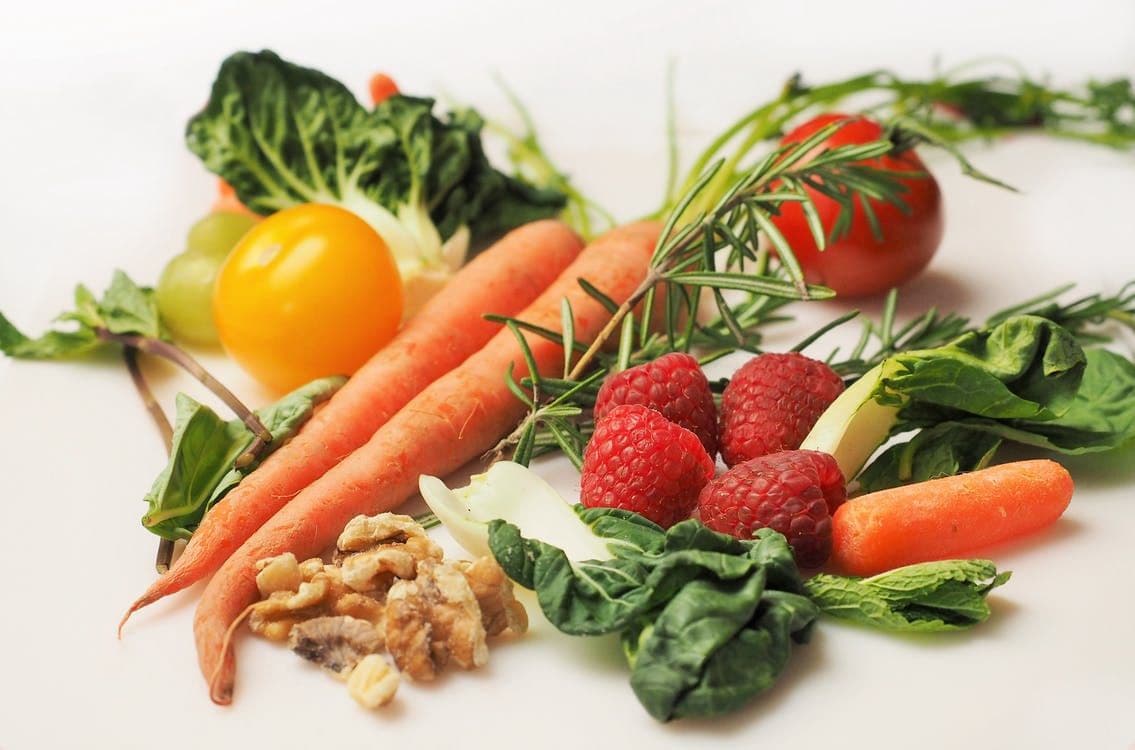Diet May Influence Baby’s Sex
Food and Nutrition
Obie Editorial Team

Could choosing your baby’s sex be as simple as changing the way you eat? According to new research, it just may be, though not every dieter will find it simple. A new study supports previous theories showing that a diet low in sodium and potassium and rich in calcium and magnesium can increase the chance of having a baby girl. The study also included the timing of intercourse — three to four days before ovulation — as an additional factor increasing the chances of conceiving a girl.
So how does the pre-selection diet work? One theory is that it changes the mineral content of a women’s uterine environment (changing the consistency of the cervical mucus or some other environmental condition in the reproductive tract) which makes it more hospitable to one type of sperm or another. Similarly, other theories suggest that the “gender diet” can change the pH (acidity) in the woman’s body and therefore, change the polarity of the egg. By ingesting the correct ratio of minerals, a woman can alter her uterine environment making it more conducive to attract either an x or y chromosome from the male’s sperm.
The most recent study focused on the ideal diet and timing of intercourse to conceive a girl. Of the thirty-two women in the study who combined the prescribed maternal diet with the timing of intercourse, 81% of them conceived a female baby. The diet was started 9 weeks before planned conception and lasted until a pregnancy home test provided proof of pregnancy.
It included ample amounts of dairy products, about 500 grams per day, which is equal to 17 ounces. One serving of milk is 8 ounces, cheese is 1 ½ ounces, and 1 egg is 1 ¾ ounces. These dairy products provide plenty of calcium and magnesium in the diet. Intake of potatoes was limited due to their high potassium content, and no salt was added during food preparation. This diet was supplemented by 400-600 mg of magnesium, 500-700 mg of calcium, and 5-7.5 micrograms of vitamin D depending on the initial amount of these minerals found in the woman’s blood.
The “girl diet” recommends a woman consume daily:
- 3 glasses of milk (milk and cheese are prohibited on the “boy diet” because they are very good sources of calcium)
- 2 milk products such as yogurt, custard, or pudding
- Only sodium-free or small servings of low sodium cheeses
- Eggs (though preparation must be considered, for example, no cheese omelets due to the high sodium content of the cheese)
- Mineral water: Evian and Perrier
- 1 very weak cup of coffee or tea due to high potassium content
- Salt-free bread and crackers (must be less than 1% salt)
- Brown or white rice
- Semolina, tapioca, corn-flour, puffed rice cereals (whole wheat bread is not allowed as it is richer in potassium and contains phytic acid which lowers calcium absorption in the intestine)
- 8-10 eight-ounce servings of water daily to aid in calcium absorption
This diet is safe to follow for up to a few months before conception, but a wholesome diet containing all vitamins and minerals should be restarted afterward to ensure a healthy pregnancy. Women should also discuss this diet with a registered dietitian and physician before starting it. The pre-selection diet will entail a few months of strict diet adherence and willpower for many women. But as research suggests, if your gender preferences match up with your taste preferences, your chances of conceiving your desired gender may be easier than you think!
Sources:
Female gender pre-selection by maternal diet in combination with the timing of sexual intercourse –a prospective study AM Noorlander a,*, JPM Geraedts b, JBM Melissen Journal of Reproductive Biomedicine, 2010) 21, 794– 80







